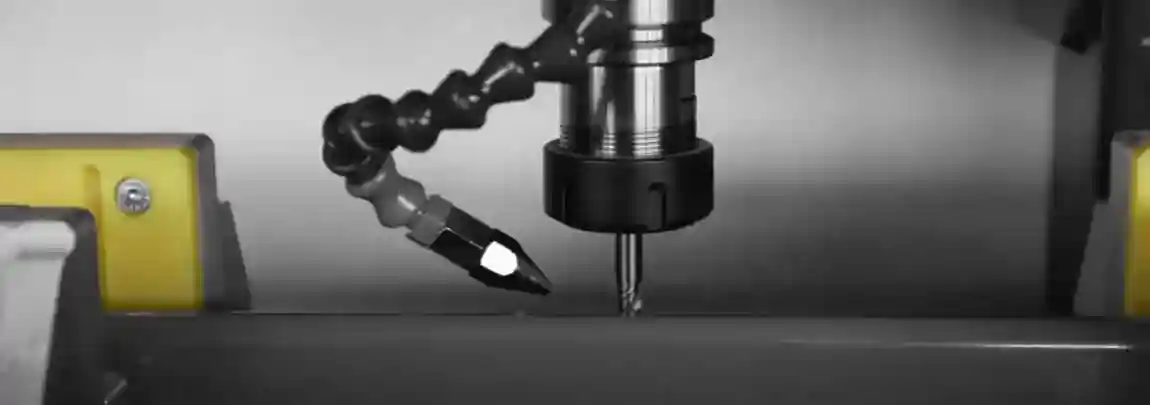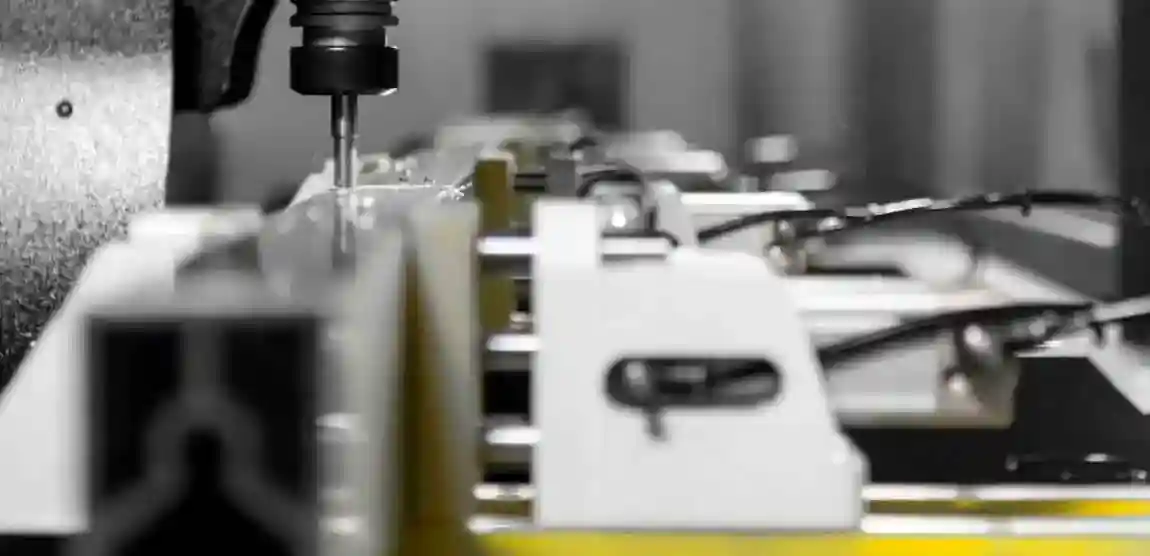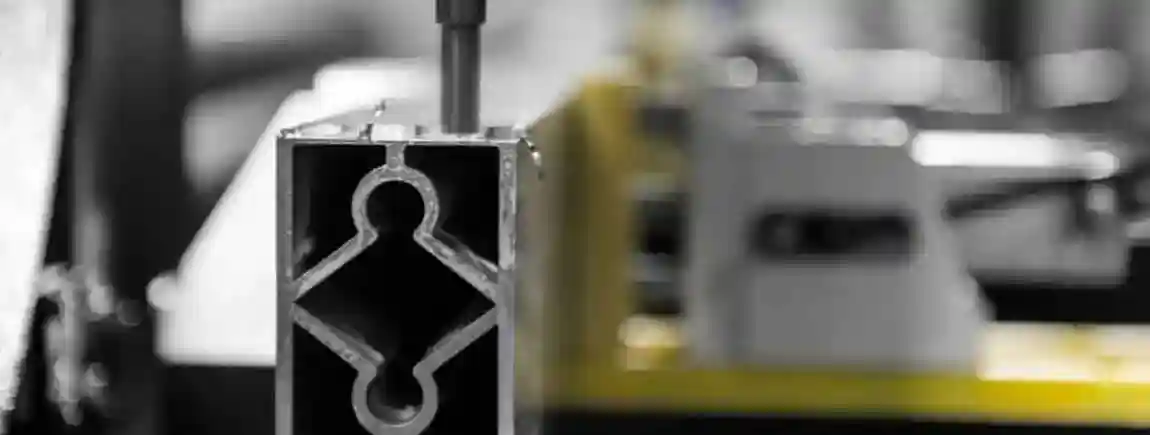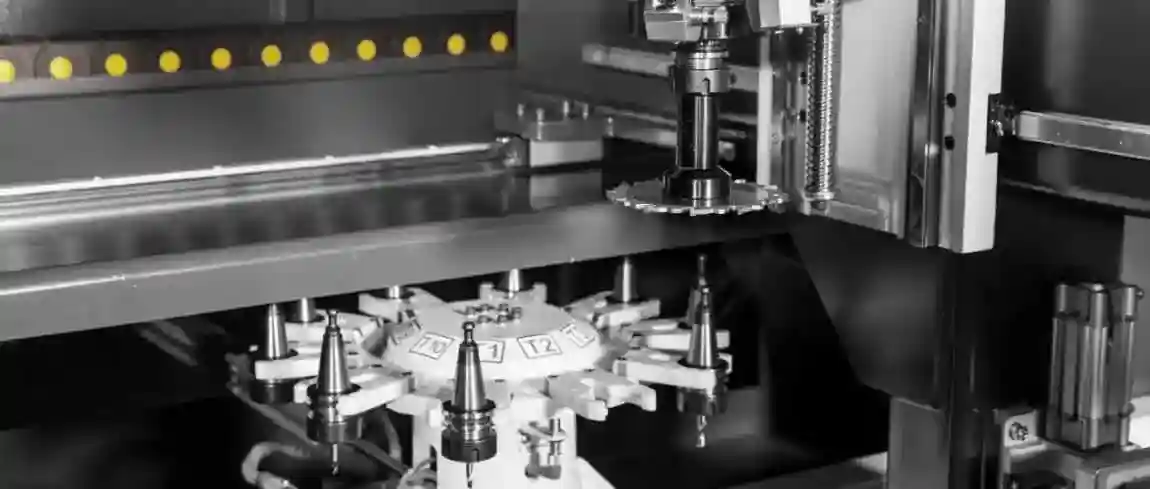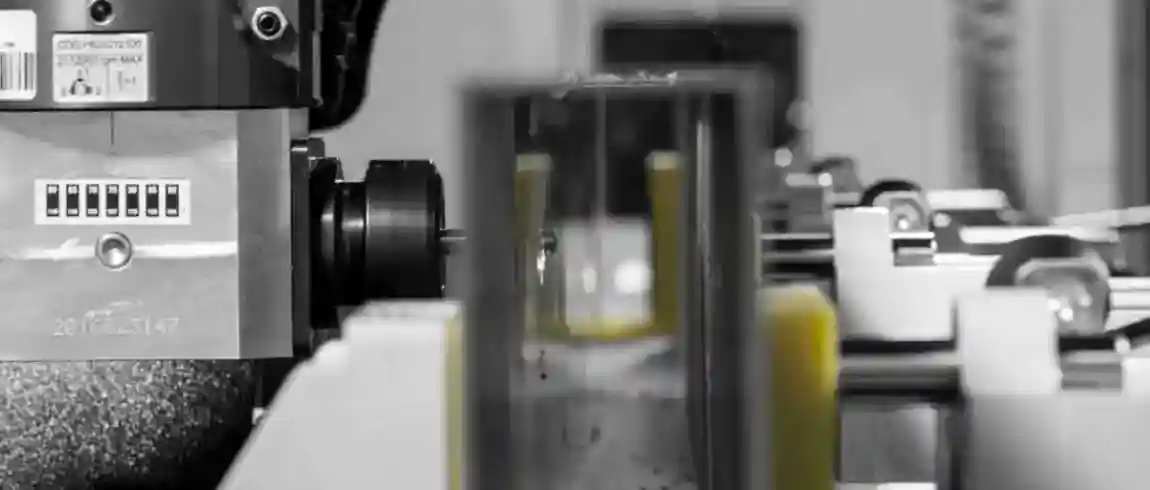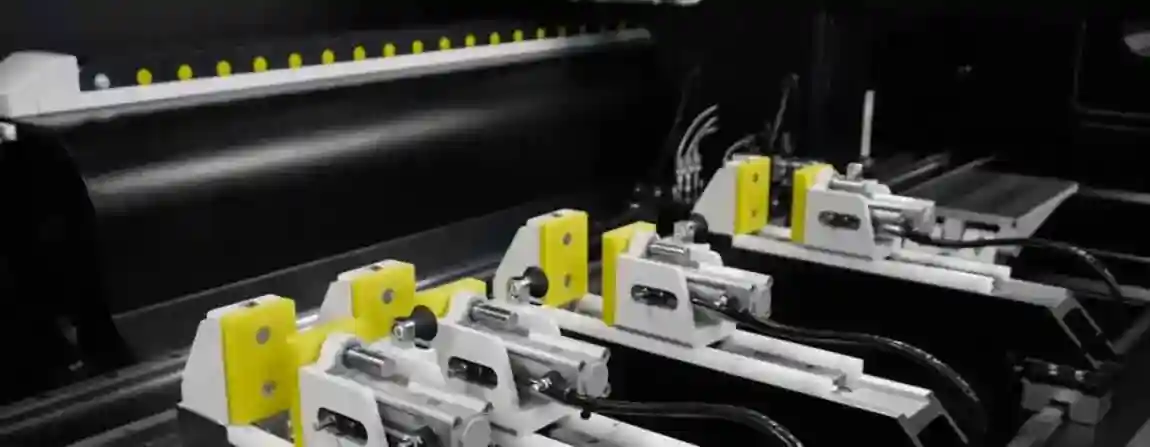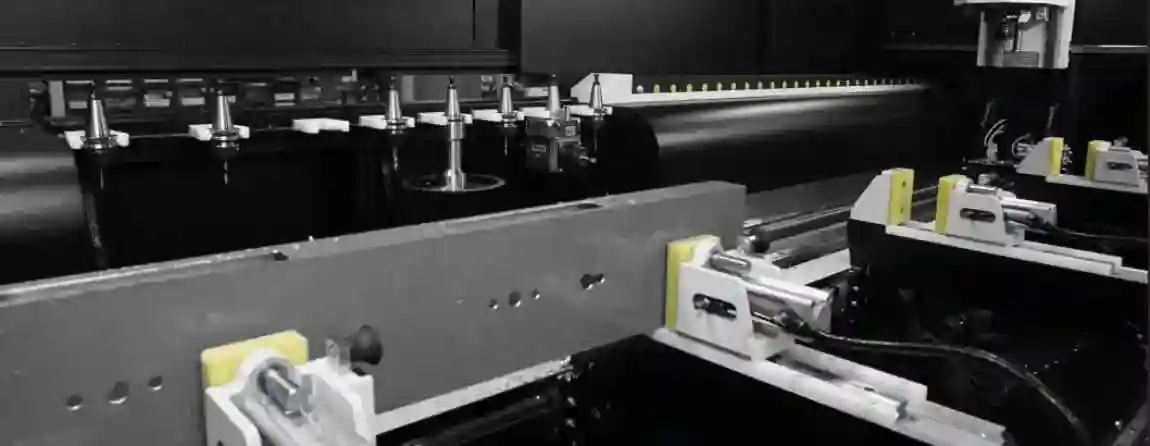-

Company
Product
ALUMINIUM MACHINES
PORTABLE ALUMINIUM PROFILE MITRE SAW TOOL
PORTABLE COPY ROUTER MACHINE FOR ALUMINIUM PROFILES
PORTABLE END MILLING MACHINE FOR ALUMINIUM PROFILES
MITER SAW FOR ALUMINIUM PROFILES
COPY ROUTER MACHINE
END MILLING MACHINE FOR ALUMINIUM PROFILES
AUTOMATIC HYDRAULIC ALUMINIUM PROFILE CORNER CRIMPING MACHINE
DOUBLE HEAD CUTTING MACHINE FOR ALUMINIUM PROFILES
CNC AUTOMATIC SAW MACHINE FOR ALUMINIUM PROFILES
CNC PROFILE MACHINING CENTRES
ALUMINIUM COMPOSITE PANEL PROCESSING MACHINES
NOTCHING SAW MACHINE
WEDGE CUT SAW AND CLEAT CUT SAW
PVC PLASTIC MACHINES
PVC PLASTIC PROFILE MITER SAW MACHINE
PORTABLE COPY ROUTER MACHINE FOR PVC PLASTIC PROFILES
PORTABLE END MILLING MACHINE FOR PVC PLASTIC PROFILES
MITER SAW MACHINE FOR CUTTING PVC PLASTIC PROFILES
COPY ROUTER MACHINE FOR PVC PLASTIC PROFILE
END MILLING MACHINE FOR PVC PLASTIC PROFILES
PVC PLASTIC WELDING MACHINE
CORNER CLEANING MACHINE FOR PVC PLASTIC PROFILES
DOUBLE HEAD CUTTİNG MACHINE FOR PVC PLASTIC PROFILES
PROFILE MACHINING CENTRES
GLASS BEAD SAW
PRECISION MITER SAW FOR PLASTIC PROFILES
METAL MACHINES
MANUAL METAL SHEET BENDING MACHINE
MANUAL BENDING MACHINE
HYDRAULIC BENDING MACHINES
NON MANDREL BENDERS
PLATE BENDING MACHINES
BORDERING AND TRIMMING MACHINES
HORIZONTAL PRESSES
BELT GRINDING MACHINES
PIPE NOTCHING MACHINES
PIPE POLISHING MACHINES
LASER CUTTING MACHINES
CNC HYDRAULIC PRESS BRAKES MACHINE
CNC VERTICAL TURNING CENTER
CNC MACHINING CENTER
WOOD MACHINES
GLASS MACHINES
ROBOTICS SPECIAL MACHINERY
Service
Blog
Contact
Blog
- Home
- Blog
- PVC WINDOW MACHINE
- PLASTIC PROCESSING WINDOW MANUFACTURING
PLASTIC PROCESSING WINDOW MANUFACTURING
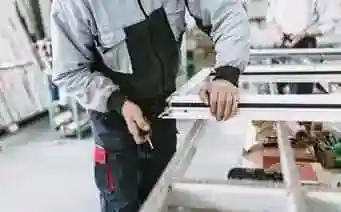
Plastic Processing in Window Manufacturing: A Comprehensive Overview
Plastic processing has taken a central role in window manufacturing. The versatility, durability, and cost-effectiveness of plastics have made them a preferred material for modern window solutions. In this extensive blog post, we will explore various aspects of plastic processing in window manufacturing, including the technologies used, benefits and challenges, as well as the latest trends and innovations.
1. Introduction to Plastic Processing in Window Manufacturing
Plastic processing refers to the production of window frames, sashes, and profiles made from plastic materials such as PVC (polyvinyl chloride), plastic composites, and other synthetic materials. These materials offer excellent properties for window manufacturing, including weather resistance, low maintenance costs, and outstanding insulation characteristics.
2. Key Plastic Materials in Window Manufacturing
a. PVC (Polyvinyl Chloride)
PVC is the most commonly used plastic material in window manufacturing. It is known for its high strength, durability, and resistance to weathering. PVC window frames are cost-effective, low-maintenance, and provide excellent insulation properties, contributing to energy efficiency.
b. Plastic Composites
Plastic composites consist of a combination of various plastic materials and offer enhanced properties such as increased strength and flexibility. These composites can include special layers for additional insulation and resistance and are often found in high-quality window solutions.
c. Polycarbonate
Polycarbonate is an extremely durable material known for its impact resistance and clarity. It is often used in window systems requiring additional security features or special aesthetic qualities.
3. Technologies in Plastic Processing for Window Manufacturing
a. Extrusion
Extrusion is a process where plastic material is pushed through a die to create continuous profiles. This technique is commonly used to manufacture window frames and profiles in various shapes and sizes. Extrusion allows for precise control over profile geometry and properties.
b. Injection Molding
Injection molding involves injecting molten plastic material into a mold to produce complex window components. This method is ideal for manufacturing window hardware and locks. Injection molding offers high precision and repeatability, resulting in consistent and high-quality components.
c. Thermoforming
Thermoforming is a process where plastic sheets are heated and stretched into a mold. This method is often used to produce window covers and other large plastic components. Thermoforming allows for the creation of parts with complex geometries and minimal material usage.
4. Benefits of Plastic Processing in Window Manufacturing
a. Energy Efficiency
Plastic windows offer excellent thermal insulation and contribute to the energy efficiency of buildings. The use of multi-chamber profiles and special seals can minimize heat loss and reduce energy consumption.
b. Durability
Plastic windows are highly resistant to weather conditions such as rain, sun, and snow. They do not rust, rot, or attract pests, which extends their lifespan and reduces maintenance efforts.
c. Cost Efficiency
The production of plastic windows is generally more cost-effective than that of windows made from other materials such as wood or aluminum. This is due to lower material costs and more efficient manufacturing processes.
d. Design Flexibility
Plastics allow for high flexibility in designing window frames and profiles. They can be produced in various colors and surface textures to meet the aesthetic requirements and design of the building.
5. Challenges in Plastic Processing for Window Manufacturing
a. Environmental Impact
The production and disposal of plastic products can have environmental impacts, especially when using non-recyclable materials. It is important to promote sustainable practices, including the use of recyclable plastics and the development of eco-friendly disposal solutions.
b. Aging and Discoloration
Although plastics are generally durable, they can age and discolor over time due to UV radiation and other environmental factors. However, modern plastics are often equipped with UV protection and other additives to minimize these issues.
c. Recyclability
Recyclability of plastic windows is another important issue. The industry is working on improving recycling processes to reduce environmental impact and lower lifecycle costs.
6. Trends and Innovations in Plastic Processing
a. Sustainability
The demand for environmentally friendly and sustainable materials is growing. The trend is moving towards recyclable and biodegradable plastics that reduce the ecological footprint and minimize environmental impact.
b. Smart Window Technologies
New developments in window technology include smart window solutions with integrated sensors and controls. These technologies enable automatic adjustment of window openings to optimize energy use and enhance comfort.
c. Advances in Surface Treatment
Advances in surface treatment technology improve the aesthetics and durability of plastic windows. New coatings and finishes offer better resistance to weather conditions and a more appealing appearance.
Conclusion
Plastic processing has made significant strides in window manufacturing, offering numerous benefits including energy efficiency, durability, and cost-effectiveness. With the use of modern technologies and ongoing development of materials and processes, the future of plastic window manufacturing looks promising. Despite challenges in environmental impact and recycling, advancements in plastic processing are a key step towards sustainable and innovative window solutions.
- Plastic processing window manufacturing
- plastic windows production
- PVC window frames
- extrusion plastic windows
- injection molding window components
- thermoforming window manufacturing
- benefits of plastic windows
- plastic windows energy efficiency
- durability of plastic windows
- design flexibility plastic windows
- environmental aspects plastic windows
- recyclability plastic windows
- sustainable window solutions
- smart window technologies
- surface treatment plastic windows
 GERMANY
GERMANY ENGLISH
ENGLISH FRANCE
FRANCE SPAIN
SPAIN PORTUGAL
PORTUGAL

